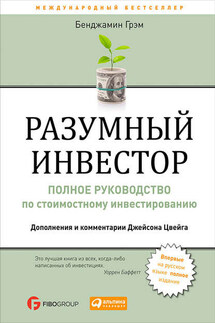Psychoeconomics: globalization, markets, crisis - страница 6
During wars, the succession of the elite psychotypes, the economically active population, and the development of the country obey slightly different laws.
The new first-generation elite in the U.S. likewise grew out of the flames of war. Let us add 72 years to 1945 (or perhaps to 1944, the Bretton Woods Conference). 2017 (plus or minus 3 years) is a time when by analogy with the past, sufficiently compelling reasons may arise to replace the existing elite of the US with a new cohort of people. But much depends on the development of the crisis that has begun and on the managerial decisions being made.
One can argue with these calculations. One can include the depression and crisis of 1873-1896. For this reason one can object that different countries have their endogenous cycles of psychoeconomic crises and that this depression is an example of the influence of Germany’s development (which was in another cycle) on the US and other countries. This is an academic argument. For our purposes, it is important that countries that depend less than others in their development on the influence of neighboring countries have a more stable cycle in their development – three generations of elite and two to three generations of an economically active population. This affected all former world economic centers (Genoa, Antwerp, Amsterdam etc.). This affected the development of countries like the U.S. and U.S.S.R., that is, countries that depended on external factors less than others.
It is possible to insist that one must count from the conclusion of an event that serves as a sign of transition of government from one type of elite to another. We can and must maintain that wars deform the process. All this is true. In support of what has been claimed, it is interesting to note that since 1917, when the Bolsheviks came into power in Russia, until 1991, when the now-ruling political powers, the elite, came into power, 74 years passed. One may also object by insisting on 1989, when the CPSS in power fell. Then we likewise obtain 72 years. We may talk about what the events are that our consciousness connects to the arrival of the new elite, the loss of power of one elite and its interception by another. But real changes occur more under the influence of cumulative causes, that is, a large aggregation of microreasons. In the historical process, much is accidental, which carries its own corrections to the effects of cumulative causes. However, the peaks of solar activity arise quite consistently at a 12-year interval (plus or minus 1-3 years).
On average the power of the third-generation elite passes to the first-generation elite under the influence of endogenous factors in 72 years. Wars, revolutions, and exogenous factors may deform these processes. Then the new cycle “becomes attached” to the regular cycle of solar activity, but the 72-year period amazingly stably proves itself in the cyclical development of history.
On the basis of this, two peaks of solar activity fall on the first-generation elite, two on the second-generation elite, and two on the third-generation elite. Seventy-two years are gone. Regarding the replacement of social motivators by domain experts (in our concept, not just domain experts, but special types, resonators), this coincides with a 24-year cycle. But the domination in business by people with traces of hysteroidism may simply not occur. They commonly are swept up by a violent competitive struggle, especially if a large, developing country is nearby. Enterprises under the management of psychopathic, hysteroidal people due to these unfavorable exogenous factors simply go bankrupt. This explains why Kondratiev cycles are somewhat different from a 72-year cycle. But by any interpretation, this is not less than 48 years.









